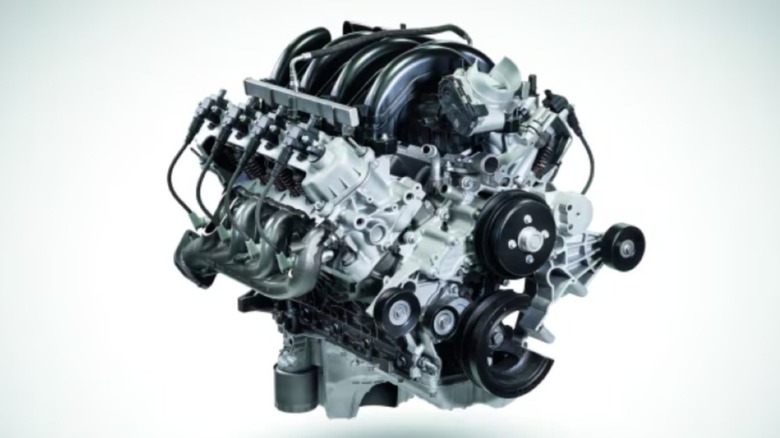
For many years, it has been advised that conversations about religion and politics should be steered clear of during family dinners or social gatherings. Similarly, topics such as the top muscle cars, quickest motorcycles, or toughest pickup trucks often spark contentious debates. Although disagreements over preferred propulsion systems may not lead to physical altercations around the dinner table among enthusiasts of diesel engines, some of you might still feel compelled to send us an emphatic message defending your choice of engine if things do not align with your preferences. To clarify, the American-made diesel engines we're going to talk about have garnered significant praise—or criticism—from various quarters.
When selecting these diesel engines, we considered factors beyond just their power output. We have previously examined the diesel engines that produce the highest torque Similarly, the staff at solusikaki.com have compiled lists of the most dependable diesel motors , as well as the most melodious diesel motors .
When discussing top-tier American diesel engines, we will cover the 5.9L 6BT Cummins, the 6.6L LBZ Duramax, and the second-generation 7.3L Powerstroke. Interestingly, another Cummins engine—a 5.0-liter V8—also makes an appearance among the least favorable options. Additionally, the third poorly regarded engine on this roster is the 350-cubic-inch (5.7-liter) Oldsmobile LF9. This choice might not come as a shock to those acquainted with General Motors’ problematic venture into diesel-fueled large sedans and wagons during the latter part of the 1970s through the middle of the 1980s.
Read more: 19 Top Tire Brands of 2025 Ranked
Cummins Leads as the Top American Six-Cylinder Diesel Engine
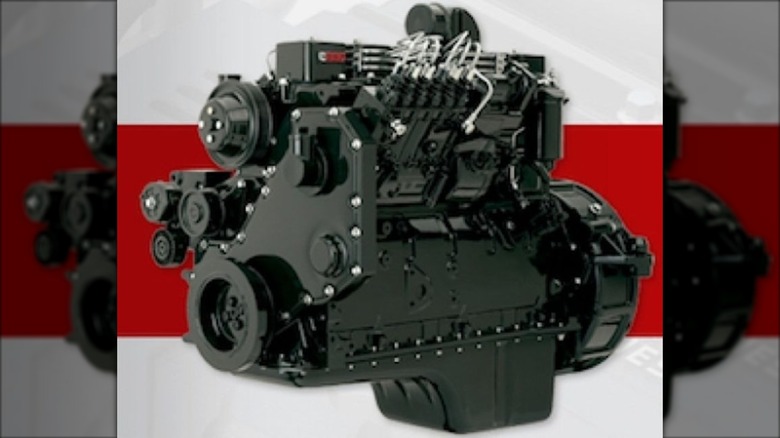
Cummins manufactured the six-cylinder 5.9-liter 6BT diesel engine between 1989 and 1998, with certain versions being produced during this period. the prime years for Cummins diesel engines , mainly designed for use in Dodge pickup trucks. Although it’s often considered the finest American six-cylinder diesel engine available, Many people believe that the Cummins 6BT is the finest diesel engine ever produced. Its adaptability has resulted in extensive application across various sectors such as buses, generators, and maritime uses.
The Cummins 6BT underwent development through its two iterations. From 1989 to 1993, during its initial phase, the 12-valve 5.9-liter diesel engine equipped Dodge D250 and D350 pickup trucks delivering approximately 160 horsepower to their rear axles. Despite this power output being relatively modest compared to 1989 benchmarks, the original Cummins 6BT boasted substantial torque at about 400 lb-ft. In the subsequent version of the 6BT Cummins covering models from 1994 up until midway through 1998, each cylinder retained only two valves. Enhancements were made primarily in the area of fuel delivery; notable changes involved incorporating a new fuel pump—the Bosch P7100—alongside several additional adjustments which improved overall performance. 6BT's power Reaching a peak output of 215 horsepower and 440 pound-feet of torque before being succeeded by the 5.9-liter 24-valve ISB Cummins halfway through the 1998 model year.
The primary weak spot for the Cummins 6BT and the initial generation of the ISB 5.9-liter diesel engines is referred to as the Cummins Killer dowel pin If you have some experience with do-it-yourself mechanics, repairing this issue requires taking off the timing gear cover located at the front of the engine. It’s a budget-friendly job but can be quite time-consuming.
Ford Joined Forces with Navistar to Develop Potentially the Finest American Diesel Engine
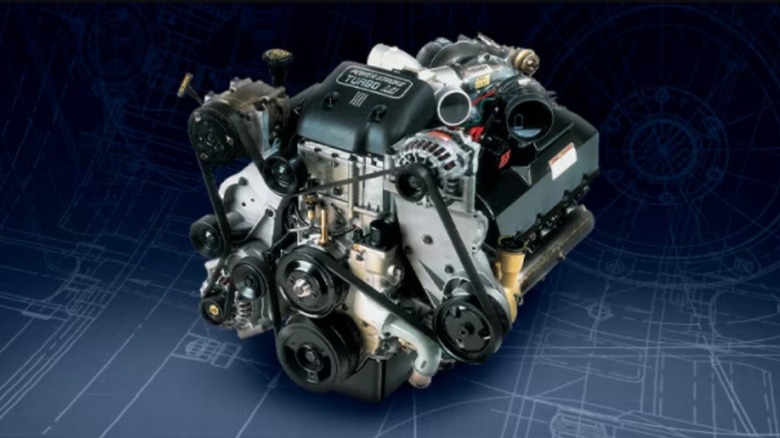
Prior to the International Truck and Engine Corporation (ITEC) renaming itself as Navistar International, Ford utilized a 7.3-liter diesel engine manufactured by ITEC without the Power Stroke designation or a turbocharger. Nonetheless, this situation had altered by the middle of 1994. Navistar started providing Ford with one of the finest diesel engines ever manufactured. , the 7.3L Power Stroke Turbo Diesel V-8.
When the initial version of the 7.3L Power Stroke was launched, it quickly rose to the top tier thanks to approximately 210 horsepower and 425 pound-feet of torque. Nonetheless, what truly sets this engine apart is its remarkable durability. It’s not uncommon to find stories online from loyal owners boasting about their 7.3L Power Stroke engines still performing well after logging between 350,000 to 400,000 miles, according to reputable resources like various forum discussions. MotorTrend .
While It’s challenging to classify any model with a 7.3 Power Stroke engine as inadequate. Most of the engine’s enthusiasts believe that the enhancements added to the second-generation 7.3 improved it over the first-generation engines. This updated version was launched in 1999 and remained under the hood of Ford F-Series trucks until. Ford stopped producing the 7.3 PowerStroke in 2003. By the conclusion of the 7.3 Power Stroke's manufacturing process horsepower rose to 250 horsepower when coupled with an automatic transmission or to 275 horsepower with a manual. Similarly, torque figures also went up, achieving 505 lb-ft for automatic versions and 525 lb-ft for manual ones.
The Duramax diesel engine from General Motors stands out as one of the finest options available.
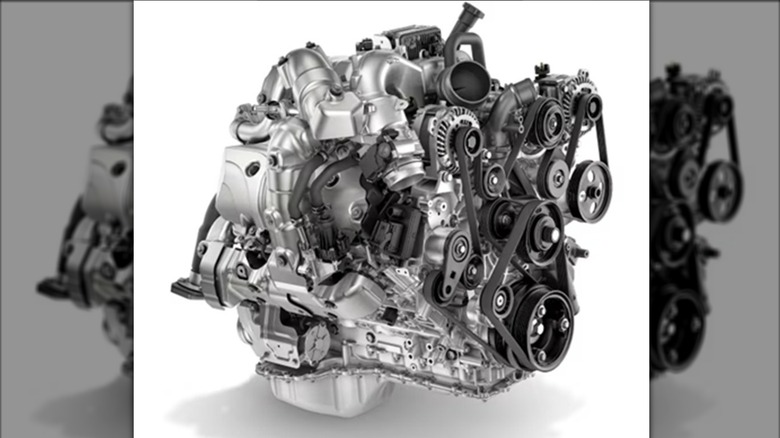
The 6.6L Duramax V8 diesel engine, featured in numerous GM models, remains one of the finest examples of American-made diesel engines. Should you not be familiar with it, The history of the Duramax diesel engine. You may find it surprising to know that it originated from a partnership between General Motors and Isuzu. This collaboration began in 2001 with the introduction of the initial 6.6L Duramax engine, known as the LB7 model. The LB7 generated 300 horsepower along with 520 pound-feet of torque, exceeding both Ford’s 7.3-liter Power Stroke and Chrysler’s 5.9-liter Cummins engines by at minimum 50 horsepower and 15 pound-feet of torque.
Introduced halfway through 2004, the Duramax LLY featured updated injectors along with a variable geometry turbocharger. These enhancements increased its power output to 310 hp and torque to 605 lb-ft. Nevertheless, the pinnacle of Duramax engine design remains the LBZ, manufactured between 2006 and 2007 before giving way to the LMM due to stricter emission standards imposed on diesel engines. Building significantly on the foundation laid by the LLY, the LBZ boasts an enhanced engine block casting, forged steel connecting rods, a high-pressure fuel injection system, superior fuel injectors, and a bigger turbo intake. This resulted in a remarkable increase to 360 hp and 650 lb-ft of torque.
Although the Duramax LBZ is widely considered the finest Duramax engine produced, it still has some competitors. Here are some key points regarding the GM 6.6-liter engine: The pistons utilized in the LBZ are considered the weak point of the engine, particularly during power upgrades.
The 5.0L Cummins V8 Is Among the Least Favorable American Diesel Engines
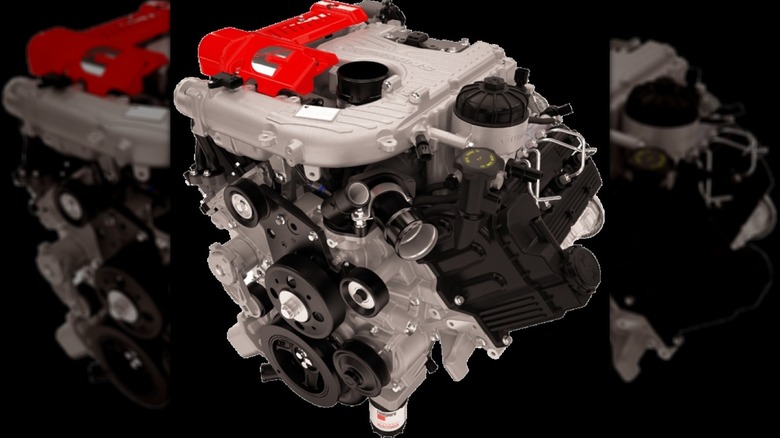
For multiple years before introducing the 2016 Nissan Titan XD equipped with the 5.0-liter V8 Cummins engine, Cummins collaborated closely with Nissan. As stated by Cummins specifications, this particular 5.0L V8 turbo-diesel engine aimed to bridge the performance divide found among compact and heavy-duty diesel motors typically utilized in pickups.
The V8 Cummins was engineered to match the top offerings from Cummins. This particular model, the DOHC 5.0 turbodiesel, came equipped with a compacted graphite iron (CGI) engine block, a forged steel crankshaft, and aluminum alloy cylinder heads. One of its standout features was its nearly zero-emission capability, made possible through Cummins’ sophisticated emission control technologies. However, The 5.0L Cummins V8 engine used in the Nissan Titan experienced several typical issues. One problem was that the DEF (Diesel Exhaust Fluid) pump, which is part of the Cummins Emission Solutions Aftertreatment System designed for reduced emissions, had a tendency to fail. This would cause the vehicle to operate in “limp mode,” disabling functions such as air conditioning and cutting back on power and speed.
Along with issues related to the DEF pump, the emission control system experienced problems because of carbon accumulation on the EGR (Exhaust Gas Recirculation) valve. An excessive amount of carbon can cause this valve to get stuck in an open or closed position, which greatly affects the engine’s performance and fuel economy. Additionally, the EGR cooler tank had vulnerabilities to fractures and fluid leaks as a result of flawed production techniques. Furthermore, insufficient lubrication allowed the turbocharger to send metallic debris via the air intake directly into the engine. These defects prompted the recall of approximately 12,000 units of the 2016 Nissan Titan XD pickup trucks.
The Oldsmobile LF9 Might Be The Most Unfortunate American Diesel Ever
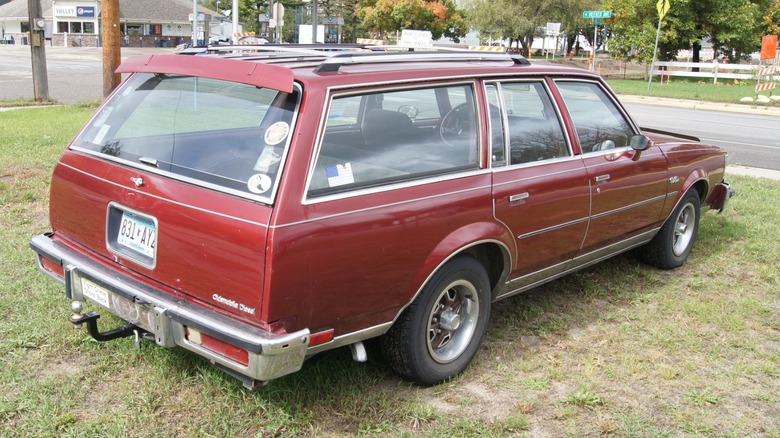
General Motors unveiled the 350-cubic-inch (5.7-liter) Oldsmobile LF9 V8 engine. The least known diesel engines in car history In 1977, it was introduced with the aim of decreasing fuel usage in certain large GM vehicles back then. However, the engine’s output dropped from an initial 120 horsepower to 105 horsepower due to stricter emissions standards.
Sadly, Oldsmobile hurried the design process, which led to one of the poorest engine installations in any mass-produced car Starting with General Motors' current 5.7-liter gasoline engine as the base, minimal necessary modifications were made to convert it into a diesel variant known as the LF9. This new engine featured enhanced pistons and a more robust crankshaft compared to its petrol counterpart; however, even this crankshaft could fail under stress. Additional issues included malfunctioning fuel injectors, elongated head bolts, ruptured head gaskets, excessive noise during operation, dark soot-filled exhaust emissions, along with inadequate training among Oldsmobile technicians at repair facilities regarding diesel engines.
GM discontinued the Oldsmobile LF9 back in 1985, yet the impact lingered for years. It wouldn’t be until much later that U.S. consumers would start accepting diesel engines in vehicles beyond just pickups.
If You're Curious About Our Selection of These American Diesel Engines
The three best American diesel engines were easy to pick as they are highly regarded as the best of the best by owners (according to posts on social sites) and experts alike. Likewise, the Oldsmobile LF9 was so bad that it killed the thought of diesel-powered American cars for decades and created an entire set of consumer protections that were unheard of prior to its spectacular flop. The 5.0L Cummins V8 had potential but was poorly executed by either Cummins, or by Nissan as it was designed for use in the Titan XD. Full disclosure: There are other bad diesel engines, but these were met with the most disappointment by consumers.
Looking for the newest in technology and automotive trends? Sign up for our complimentary e-newsletter. For the most recent news stories, detailed guides, and step-by-step advice, delivered once per email.
Read the original article on solusikaki.com .
